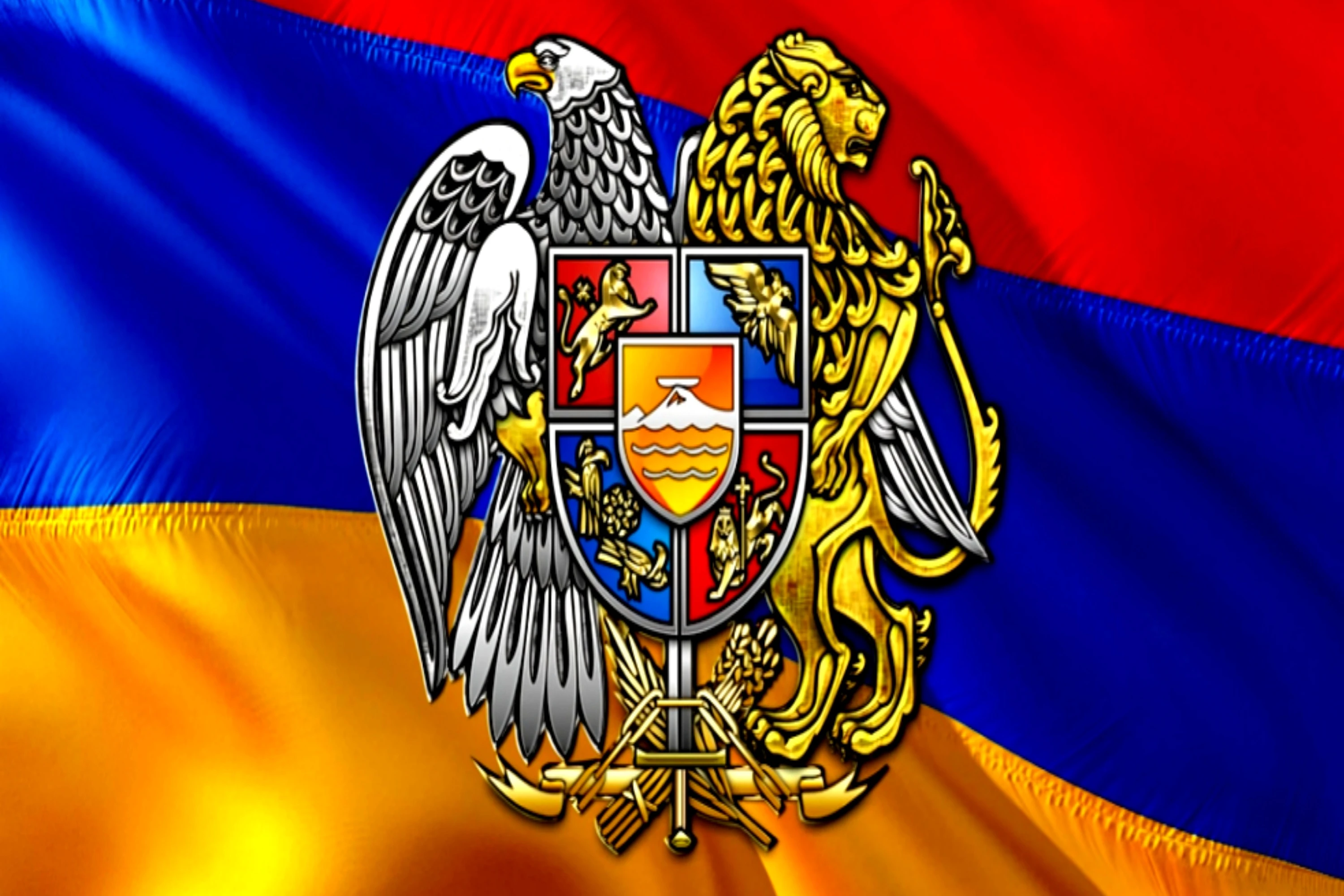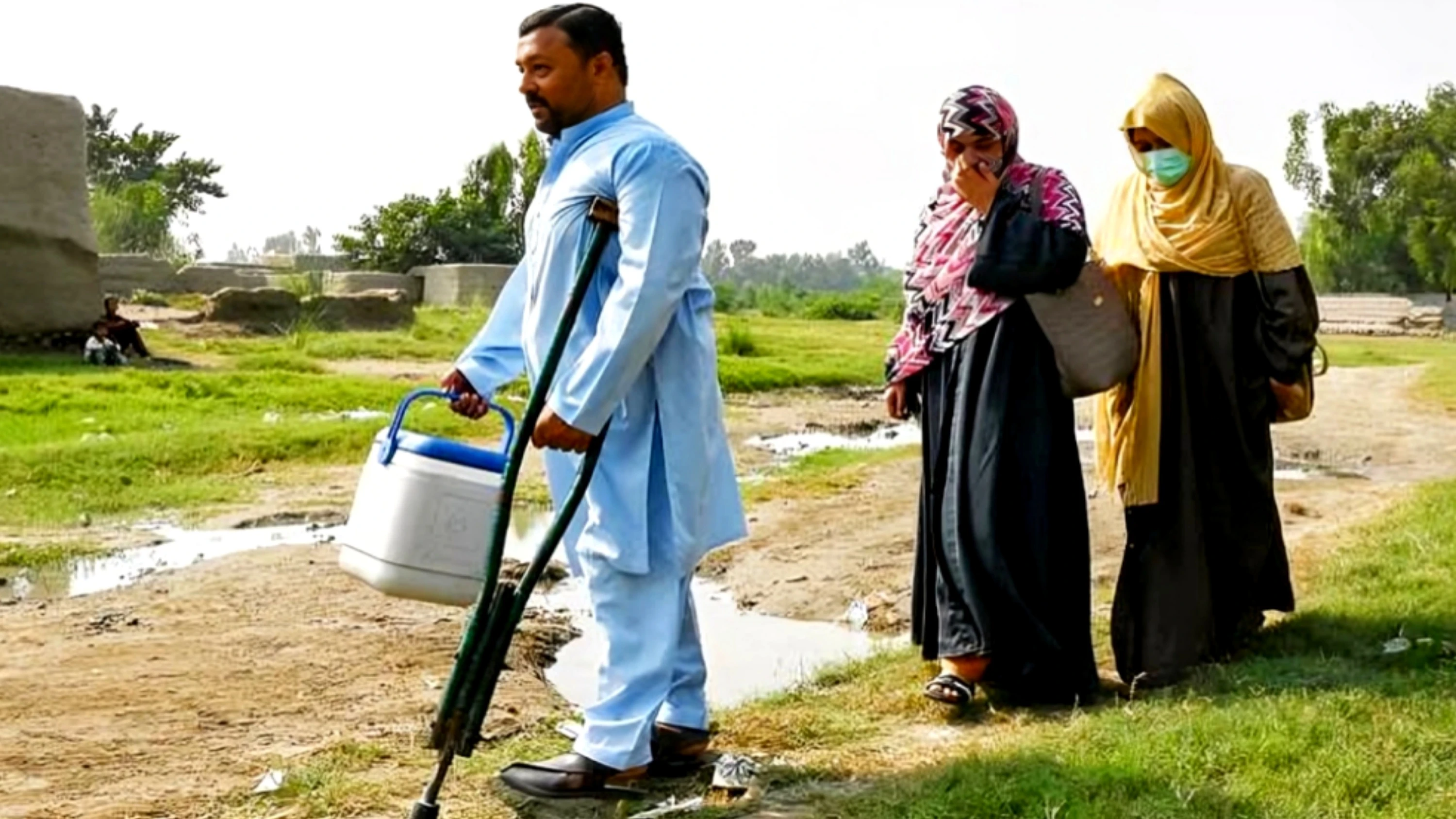Disclaimer: The views and opinions expressed in this article are those of the author and do not necessarily reflect the official policy or position of Human Online.
BY: ANTON EVSTRATOV
Special Report: Every year on May 28, Armenia marks one of its most significant national holidays—the Day of the First Republic, also known as the Day of Restoration of Independence. This commemorates the historic events of 1918, when Armenian forces achieved a remarkable victory at Sardarapat, halting the advance of the Ottoman army toward Yerevan and paving the way for the proclamation of the First Republic of Armenia, also known as the Ararat Republic.
The Battle of Sardarapat, fought from May 21 to 28, 1918, is widely regarded as a miraculous triumph. Despite being weakened by genocide, famine, and the collapse of the Russian Empire’s defenses, the Armenian people managed to defeat a far larger and better-equipped Ottoman force. This victory—alongside key battles at Bash-Aparan and Karakilisa (Kirakilis)—was instrumental in preventing the annihilation of Armenians in Eastern Armenia and preserving the remnants of a nation facing extinction.
That same day, the Armenian National Council, based in Tiflis (modern-day Tbilisi), declared the independence of the Armenian provinces, asserting itself as the sole legitimate authority following the disintegration of the Transcaucasian Federation and the declarations of independence by Georgia and Azerbaijan.
Although the First Republic of Armenia lasted only two and a half years—from May 28, 1918, to December 2, 1920—it was a watershed moment in Armenian history. It re-established Armenian statehood after centuries of foreign domination since the fall of the Cilician Armenian Kingdom in the 14th century. The fledgling republic rapidly set up the institutions of a modern state, including a government, parliament, national symbols, and diplomatic missions in 34 countries, even as far as Japan.
However, the republic was born into severe adversity. Surrounded by hostile neighbors—with ongoing conflicts against Turkey, Azerbaijan, and others—and burdened by waves of genocide survivors, the First Republic struggled with economic collapse, famine, disease, and social unrest. An estimated 200,000 people perished due to starvation and epidemics, and both industry and agriculture saw dramatic declines in productivity compared to the pre-war period under the Russian Empire.
Even leaders of the young republic were not spared its hardships. Founding figure Aram Manukyan died of typhus, and his successor Alexander Khatisyan had to lend money to fellow officials to cover basic needs. Meanwhile, the country endured political instability and uprisings, most notably the May 1920 Bolshevik revolt and a subsequent communist insurrection in Ijevan, exacerbated by defeat in war with Kemalist Turkey.
By December 1920, with Soviet Russia’s 11th Red Army entering the scene, the Armenian government relinquished power, and Armenia was sovietized, becoming part of the Armenian SSR. Still, the significance of May 28 remains undiminished. The First Republic, despite its brief existence, laid the foundation for modern Armenian statehood and is revered as the spiritual rebirth of the Armenian nation.
Today, Armenia’s leadership and religious figures reflect on the lasting importance of this date. Prime Minister Nikol Pashinyan emphasized that the First Republic marked the transition from a stateless nation to a state-forming people. National Assembly Speaker Alen Simonyan highlighted the perseverance and belief in self-determination that allowed Armenians to establish their independence.
Catholicos Garegin II, head of the Armenian Apostolic Church, reminded the public of the parallels between 1918 and today’s challenges, referencing the recent war in Artsakh and the ongoing hardships the nation faces. He urged unity and commitment to the legacy of statehood as a path forward.
The Battle of Sardarapat, in particular, stands as a symbol of Armenian resilience and national pride. Even during the Soviet era, when nationalism was often discouraged, the battle remained a point of cultural and historical pride. The Sardarapat Memorial Complex, constructed between 1968 and 1978, still serves as a powerful reminder of the sacrifice and heroism that saved a nation.
The enduring message of May 28, as poet Paruyr Sevak eloquently stated, is one of identity and remembrance: “Generations, know yourself by Sardarapat!”








